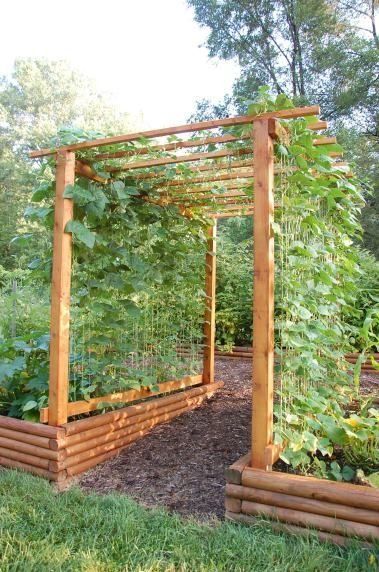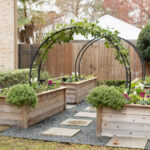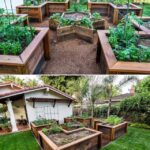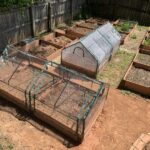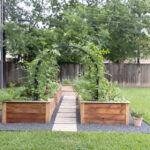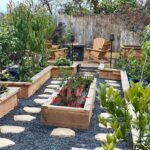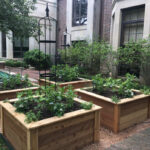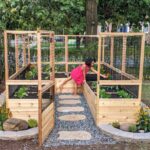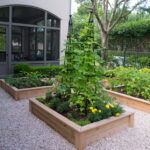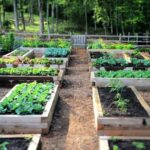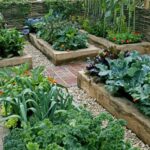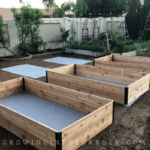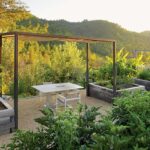Raised garden beds are a popular and practical option for many gardeners looking to maximize their growing space. One crucial element to consider when planning a raised garden bed is the layout. The layout of your raised garden beds can greatly impact the efficiency and productivity of your garden. By strategically planning the layout of your raised garden beds, you can optimize sunlight exposure, airflow, and accessibility.
One important consideration when designing the layout of your raised garden beds is the orientation of the beds. To ensure that your plants receive adequate sunlight, it is essential to orient your beds in a north-south direction. This will allow for optimal sun exposure throughout the day, promoting healthy plant growth. Additionally, orienting your beds in this manner can help prevent shading from taller plants, maximizing sunlight for all of your plants.
Another key factor to consider when planning the layout of your raised garden beds is the spacing between beds. To ensure proper airflow and prevent overcrowding, it is important to leave enough space between each bed. This will allow for easy access to all sides of the beds for planting, weeding, and harvesting. Adequate spacing also helps to prevent the spread of pests and diseases between plants.
When laying out your raised garden beds, it is also important to consider the size and shape of the beds. Rectangular or square beds are the most common shapes for raised garden beds, as they are easy to construct and provide a uniform growing area. However, you can also get creative with the shapes of your beds, such as incorporating circular or geometric designs. Regardless of the shape, be sure to keep the beds a manageable size to allow for easy maintenance and harvesting.
In addition to the layout of the beds themselves, consider incorporating paths between the beds for easy navigation and maintenance. Pathways can be made from various materials, such as gravel, wood chips, or stepping stones. These pathways not only provide a clear path for navigating the garden but also help to prevent soil compaction by reducing foot traffic on the planting beds.
Lastly, consider the overall aesthetic of your raised garden bed layout. By incorporating different heights, textures, and colors of plants, you can create a visually appealing and functional garden design. Mixing taller plants along the back of the beds with shorter plants in the front can add depth and interest to your garden. Additionally, incorporating trellises or vertical supports for climbing plants can maximize space and create a beautiful focal point in your garden layout. With careful planning and consideration, you can create a raised garden bed layout that is efficient, productive, and aesthetically pleasing.
